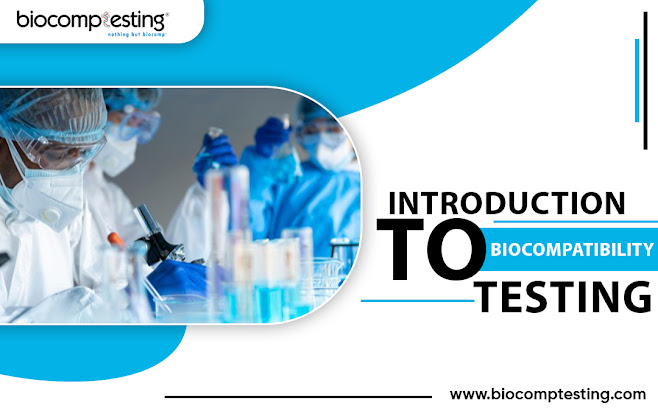Introduction to Biocompatibility Testing

What makes a medical gadget biocompatible is how it interacts with the patient's tissues and physiological systems. During a device's total safety review, analysts consider its biocompatibility. To determine whether a device is biocompatible, scientists use analytical chemistry, in vitro testing, and animal models. Biocompatibility testing for medical devices is affected by several things, such as · The physical and chemical properties of its constituent elements · Which patient tissues will the device expose and for how long? Patient safety is, of course, the first concern when conducting a biocompatibility evaluation of a device. As they plot out their biocompatibility testing programme, manufacturers should think about compliance risks and company regulatory goals. Assessing biocompatibility testing for dental materials is, by definition, a risk assessment. Neither the devices no...